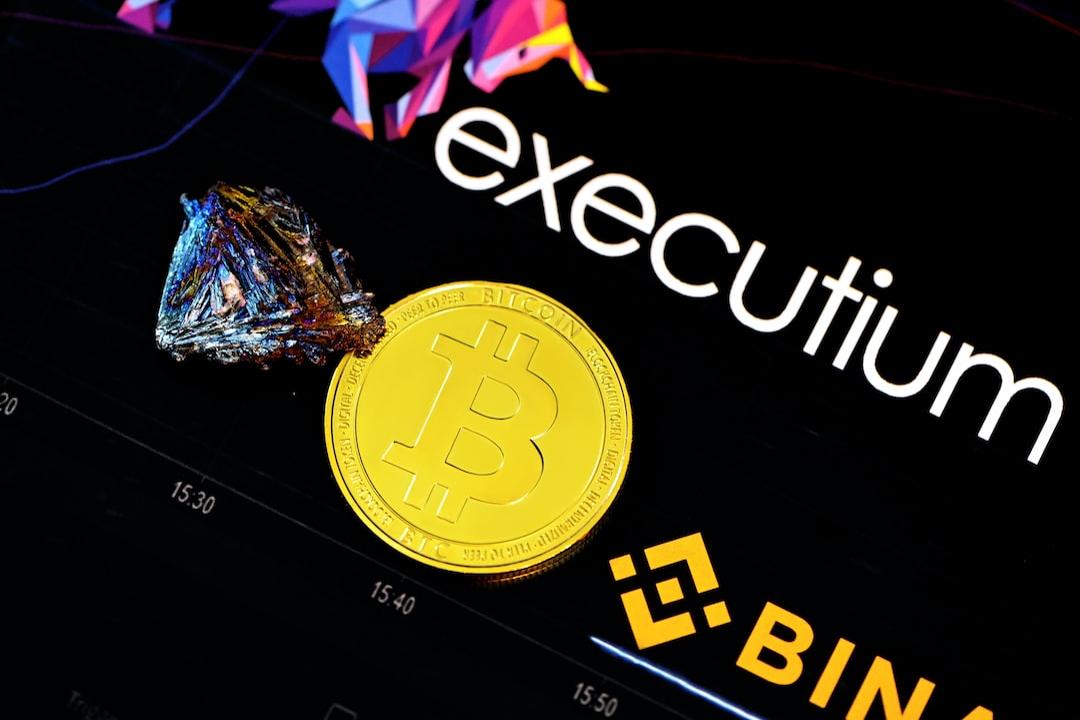Bitcoin miners are currently enjoying significant profits thanks to the introduction of Casey Rodarmor’s Runes protocol and the recent halving of Bitcoin. The launch of the Runes protocol, which enables the creation of numerous digital tokens on the Bitcoin blockchain, has led to a surge in network activity and fees, resulting in increased earnings for miners.
The timing of the Runes protocol delivery coincided with Bitcoin’s halving, a process that cuts the mining reward for new blocks in half. This combination was expected to cause network congestion, leading to higher transaction fees. As predicted, transaction fees reached an all-time high of $127.97 due to a massive increase in transactions. This is double the previous record set three years ago. Consequently, Bitcoin miners earned a total income of $107.8 million, their highest daily sum to date, according to financial analytics company YCharts.
Major players in the mining industry, such as Marathon Digital Holdings, Hut 8 Mining, Riot Blockchain, and Core Scientific, are benefiting greatly from the increased fees and revenue. This segment of the industry is well-positioned to capitalize on the flow of economic activity within the blockchain.
The Runes protocol is effectively introducing a new way to create tokens on the Bitcoin network, making it a significant improvement to the platform. This development has generated immense anticipation among crypto enthusiasts, who hope that the upcoming DAO will utilize the same Ordinals protocol. This protocol allows for the attachment of non-fungible tokens (NFTs) to the Bitcoin blockchain.
Despite initial concerns, the Runes protocol has surpassed expectations. The RuneAlpha website reported that 4,923 runes were successfully etched, with over 801,000 transactions involving more than 68,000 holders within the rune community. However, the increased creation of new tokens requires more block space storage, emphasizing the need for scalable solutions to accommodate this demand.
Critics and analysts believe that the current frenzy could accelerate the development and adoption of layer-2 scaling solutions like The Lightning Network, enabling the Bitcoin network to handle growing demand.
Looking ahead, the current situation in transaction fees may eventually stabilize, but the continuous rise in fees could have significant long-term implications for Bitcoin mining economics. Investment company ten31 experts predict that the present fee commotion will likely subside, but it may still impact miners’ revenue in the future. Grayscale Bitcoin Trust also suggests that if transaction fees remain at the same average level, the impact of halving events on miners’ revenue may be less severe than expected.
Ultimately, the profitability of Bitcoin mining is crucial for the network’s efficiency and security. The temporary increase in transaction fees brought about by the Runes protocol, alongside the halving, is benefiting miners. This progress not only benefits miners but also demonstrates the evolution and strengthening of the Bitcoin blockchain. As the network continues to grow and adapt, it is expected that miners will be well-compensated for their operations, ensuring the network’s stability.

